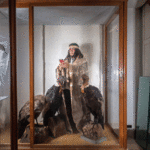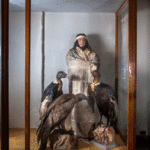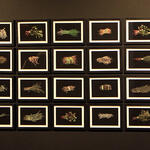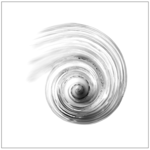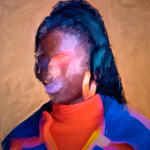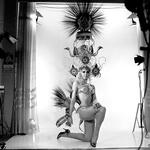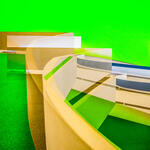Paolo Gasparini
Bio
Paolo Gasparini was born in Gorizia, Italy, in 1934. In 1954 he settled in Venezuela and began his professional career as a photographer. His photographic work is marked by his social commitment and the documentary strength of his images, as well as by the expressiveness of his compositions and rich range of values. He has had numerous solo exhibitions in Latin America and Europe, and has participated in Periodical Exhibitions, Salons and group exhibitions. His work as a photographer has been characterized, from 1959 to the present, by the publication of photobooks and photographic essays, some of which are fundamental pieces of their genre.
Paolo Gasparini's works are part of the following collections: National Library of Paris, Museo de Arte Reina Sofia, Museum of Modern Art NewYork (MoMA), George Eastman House, International Museum of Photography and Film, Centro de Arte Contemporaneo Fundación Televisa, Centro di Ricerca e Archiviazione della Fotografia (Spilimbergo), National Library of Venezuela, Museo de Bellas Artes de Caracas (MBA), Galería de Arte Nacional de Caracas (GAN), Paul Strand Archive, University of Arizona (Tucson), Universidad Metropolitana (Iztapalapa, Mexico) and Casa de las Américas (Havana).
Statement
Paolo Gasparini's work has been marked as much by his social commitment and the documentary strength of his images, as by the expressiveness of his compositions and his use of black and white, in an immensely rich range of tonal values. His photographic work takes various forms, such as series, photobooks, photomurals and audiovisuals. In all of them, the images constitute a chronicle of multiple themes and current issues. His photography is not only about deciphering the formal and symbolic aspects of the scenes he captures, but also about evidencing their social and cultural contents, about recognizing the discourses that support them. in this sense, they are images saturated with signs and references, which evoke with their presence a reality that is characterized by summoning heterogeneous and dissimilar spaces. These photographs have the city as their main setting. In them, the camera appears as an explorer capable of discovering among the streets and buildings its most important gestures, its facts and symbols, its ways of life, but also its shadows and dramas, its excesses and futilities. In their reference to the urban phenomenon, they are images that possess a complexity, variety and intensity thanks to which they exhibit a vision in which, from the counterpoint between lights and shadows, the dynamism and fragmentariness of the modern world takes shape.This photographic work is elaborated on the basis of a narrative model, a confluence of gaze and story that brings it close to cinema and is expressed in what Gasparini calls "Fotoracontti" or "Racconti Fotografici", a synthesis of image and narration that allows him to present his series, books and audiovisuals as scenes for a possible experience, or for an opening of our experience to unpublished realities, hidden in everyday life.


2.5 x 4m / 98.4 x 157 in



